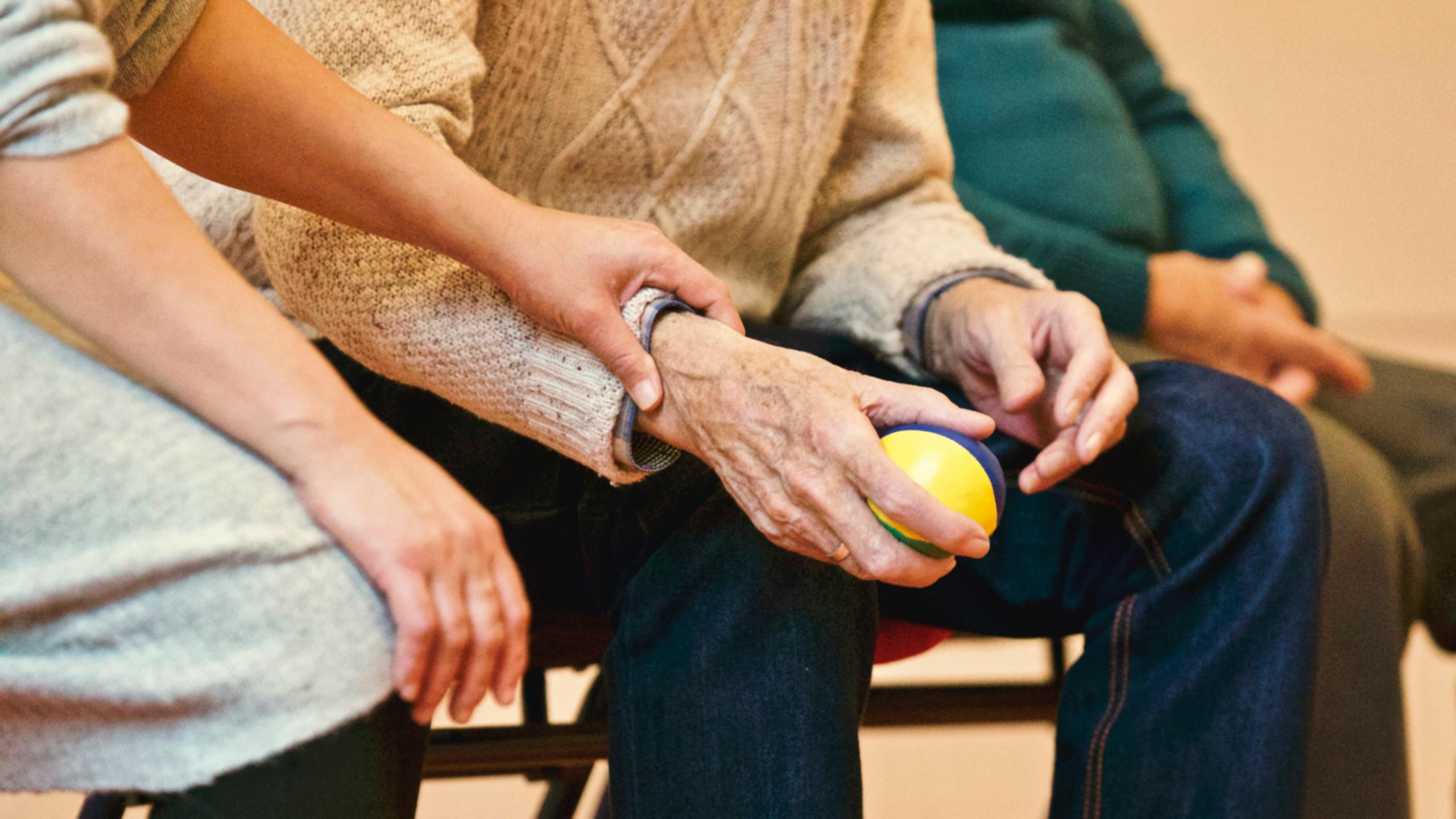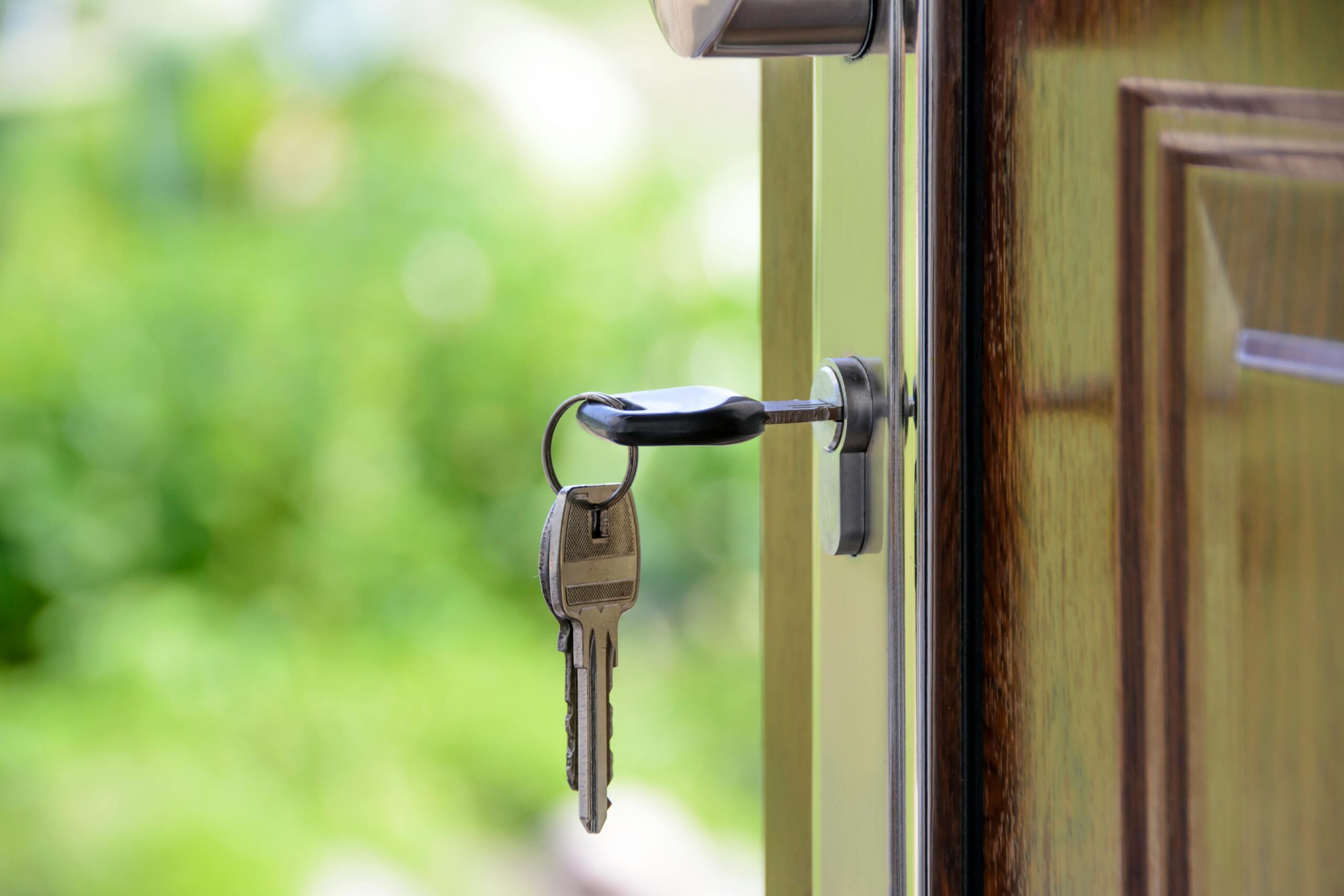My Home & Living Wishes

Finding a Home
Tip
When choosing a suitable place to live, think about your needs and wants for connection to others, comfort, affordability, and access to health care services.
Changes in My Personal Needs

Preventing Falls & Injuries
Have you or your partner had a health change, new diagnosis, or recent hospitalization? Are others concerned about your health and safety? Start by identifying where you need help, then decide when, how, and from whom to get the help you need.
Meeting Your Daily Needs
- Personal hygiene such as bathing or showering, grooming (including hair care, shaving, and oral hygiene), toileting, skin care, and dressing.
- Meal support including preparing meals, grocery shopping, and kitchen cleaning.
- Moving around, any mobility concerns in your home, such as walking, transferring from sitting to standing, climbing stairs, walking to and from a car and using mobility aids/devices.
- Medication management including filling prescriptions, taking the right dosage of medications at the right times, re-ordering from the physician, and communicating with the pharmacist.
- Managing treatments for your health conditions, including using specialized equipment and medical devices, infusions or injecting medications, ordering medical supplies and equipment, and more.
- Home hygiene chores such as cleaning, laundry, washing dishes, washing bathrooms, and vacuuming.
- Organizing a schedule for caregivers and care partners as needed.
Getting Assistance with Your Personal Care Needs
- Be aware that your personal care needs may change due to worsening symptoms, new side effects, an accident, surgery, or hospitalization.
- Have an agreement in place with your health advocate or care partners on a plan for getting assistance if your needs change.
- Create a personal care plan for your caregivers outlining the care tasks required to meet your needs while considering your privacy and confidentiality expectations and personal boundaries.
- Know that a written plan should help you communicate with multiple caregivers and care partners and give you more control over how and when you want assistance and support.
- Download the Changes in My Personal Needs fillable PDF tool. Complete the checklist with your health advocate or a care partner.
- Learn about home care services that may be available in your community in the resource kit.
Tip
Complete the checklist with someone you trust. View it as a tool for getting the help you need, not a list of limitations. Share the completed list with your physician, nurse practitioner, and those conducting your home assessments.
Getting a Home Safety and/or Care Assessment

If you are experiencing significant changes in your personal needs for safety and care, you can request a free home care or home safety assessment in BC. Understand that a home safety assessment is to offer advice and solutions to improve your safety in the home whereas, a home care assessment is completed to determine the level of care required and the number of publicly funded hours available to you.
Learning About Home Safety & Care Assessments
- Know that if your health needs change significantly, free assessments are provided by your health authority.
- A referral can be made by your physician, nurse practitioner, family member, or neighbour. You can also request an assessment on your own behalf.
- Understand the difference between a home safety assessment and a home care assessment.
- A home safety assessment is usually done by ay an occupational therapist or a physiotherapist to provide suggestions to ensure your health and safety, possibly including home modifications.
- A home care assessment is usually completed by a case worker (a nurse or social worker) to determine the type and amount of personal care you need and the number of publicly funded care hours available to you.
Preparing for Your Home Assessments
- Ask a family member or health advocate to be present. Remember, the purpose of this assessment is not to judge, but to assess your needs and offer support so you can stay in your home if you choose.
- Before booking a visit, talk to your family, care partners and those you trust about your concerns and your feelings.
- It is helpful to have up-to-date records of your health information and personal needs included in:
- MyHealth Profile (in My Health Information)
- MyCare Partners List (in My People)
- Changes in My Personal Needs (in My Place to Call Home)
- Be prepared to answer questions about your daily activities (ADLs). The assessor may also ask you to complete certain tasks including walking, getting in or out of bed or a chair, toileting, dressing, bathing, eating (swallowing), drinking, meal preparation, and taking medications.
- Be ready to answer questions about who else lives in your home, what their personal needs are (if any), and if they are able to assist you.
- Have your care partner, health advocate or a trusted person with you to take notes during the visit. Include in your notes, the date of the visit, who was present, name of assessor (title/role, phone and email), discussion points and suggestions, and the list of items for follow-up.
Home Assessment Checklist – What to Bring?
- BC Services Card or Driver’s License (includes your personal health number (PHN)
- Social Insurance Number (SIN)
- Previous year’s Income Tax Return
- Spouse/Partners Social Insurance Number
- Spouse/Partners previous year’s Income Tax Return or Notice of Assessment
Tip
Be prepared for the visit. Have a family member or health advocate present. Remember, this is not an assessment to judge, but to offer support so you can stay in your home if you choose. Bring your updated Mywell Health planning binder with you.
“As an adult daughter of a senior living with a life-long mental illness, I really want to share some thoughts to those of you starting your Mywell Health planning. Your emotional health and mental well-being is an important part of your health journey. My suggestion is to be open and honest when looking into or choosing where you want to live as you age. If mental illness is part of your health history – you need to share those experiences with your family, care partners, health care professionals, and the care coordinators in the facilities you are looking into. If you require medications and/or 24-hour care or supervision – you need to find a place to live that is a good fit for you. As a retired nurse, I see the value of prevention. It is important to think about that if you are living with a mental illness – you want to be able to prevent and anticipate problems before they occur.”
Coordinating Home Care Services
Coordinating Home Care
Understand that in-home care can require a great deal of coordination as well as financial support. The choice for aging in place often requires support from family members, neighbours, care partners, and both private and public home care services.
Download the Coordinating-Home Care Services discussion template below to guide you through these topics.
- Steps to organizing home care.
- Calculating your home support hours.
- Publicly supported care hours.
- Care by your care partners.
- Exploring options for private services.
- Choosing private home care services.
- Monitoring and checking.
- Purchasing home equipment and making modifications to your home.
- Creating a budget for private home care and modifications.
Tip
It is important to understand how home care services are funded in BC. Eligibility for publicly-funded services depends on your needs and income tax assessments. Starting with a home care assessment is key, even if you choose private services.
“Getting home care services organized for dad was in the beginning almost a full time job. We had lots of conversations with Dad about his wishes and his changing needs and a home care assessment. Then we sought out and interviewed 2 agencies with dad in his home. We settled on a private agency and later on nursing aids we hired directly. It required schedules, care plans, insurance, payroll, not to mention, daily emotional support for dad. We used the Mywell Health planning activities to guide our discussions and our to do lists!”
Exploring Assisted Living and/or Residential Care

Staying in your home may not be your choice or an option for you. Different options are available depending on your community and financial situation. Start thinking and talking about your options as you reach senior-hood. Your choices can be limited by availability, changes in your physical and mental health care needs, and costs.
Learn about the differences between assisted living and residential care.
Exploring my thoughts and wishes for living in supported care.
Here is a list of questions to help learn about your needs and options. Fill it out with a trusted family member or care partner, and use the resource kit websites and links to learn more.
- When would you consider assisted living or residential care?
- What location or neighbourhood matters to you? What distance can you be from your home, family, and friends?
- Would you want a private room, shared with a partner, or your own furniture and decor?
- What type of social activities would you enjoy?
- Do you or your partner need memory care? Are you looking for a campus of care?
- What cultural or spiritual needs are important to you?
- Discuss other options that are important to you.
Exploring my thoughts and wishes for living in supported care.
Here is a list of questions to help learn about your needs and options. Fill it out with a trusted family member or care partner, and use the resource kit websites and links to learn more.
- When would you consider assisted living or residential care?
- What location or neighbourhood matters to you? What distance can you be from your home, family, and friends?
- Would you want a private room, shared with a partner, or your own furniture and decor?
- What type of social activities would you enjoy?
- Do you or your partner need memory care? Are you looking for a campus of care?
- What cultural or spiritual needs are important to you?
- Discuss other options that are important to you.
Tip
Take time to explore senior living options in your community. Learn about funding, eligibility, and services offered. Talk to friends and family about their experiences, and visit in person for a tour and meal. Consider your current and future needs.
“I really respect our dad for choosing assisted living for himself and my mom. A retired RCMP officer and Canada Customs manager, he valued the importance of planning ahead. His goal was to find a place to live where he and mom could continue to be active, enjoy social connection, and to feel comfortable and safe. He especially wanted a large private dining room for family to gather for special occassions. Dad made these decisions thoughtfully, in anticipation of their needs changing. Throughout the process of gradual downsizing my Dad reminisced with all of us, shared stories, and divided up the family treasures – each came with an important story. Dad passed away knowing mom was safe and cared for as her health changed. Having had the discussions beforehand and knowing what options were available to them was really helpful. My hope is that people find some suggestions in Mywell Health to help them talk about and plan for their health and future.”






